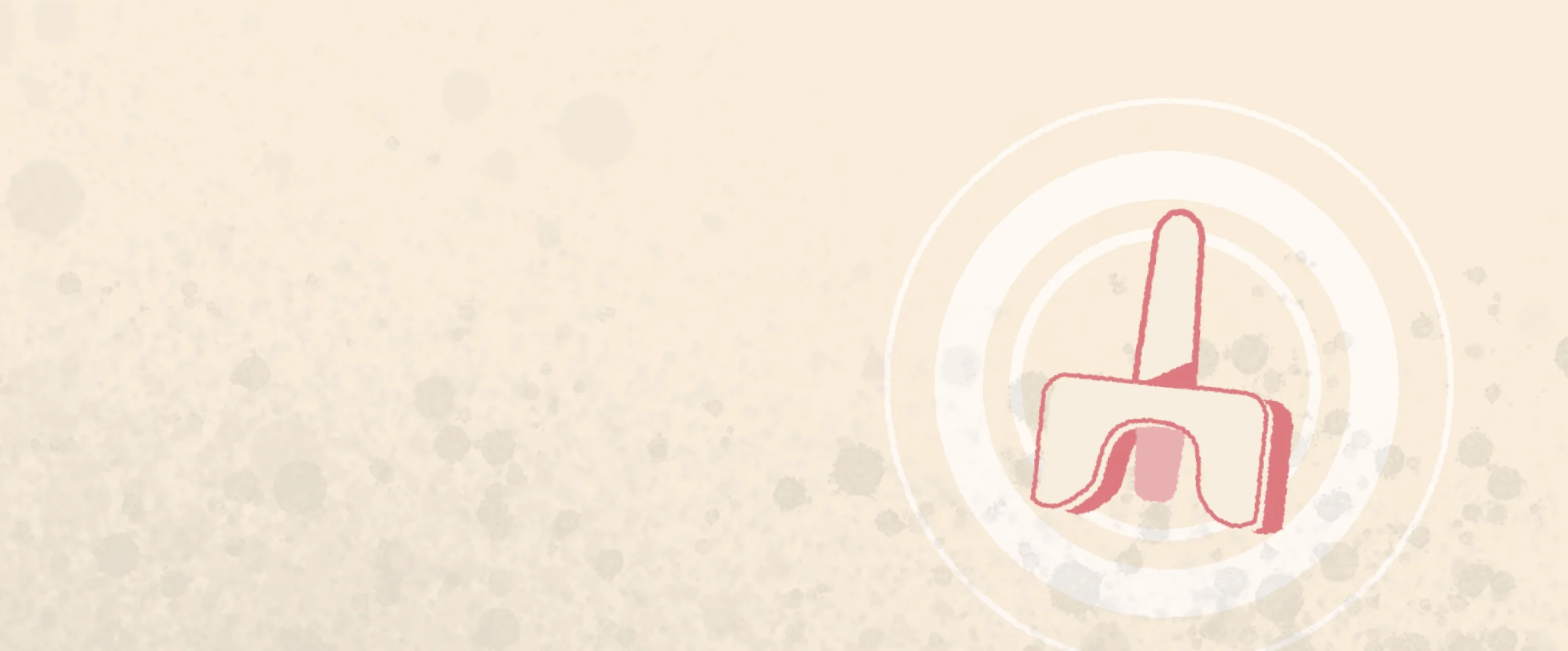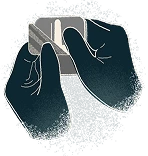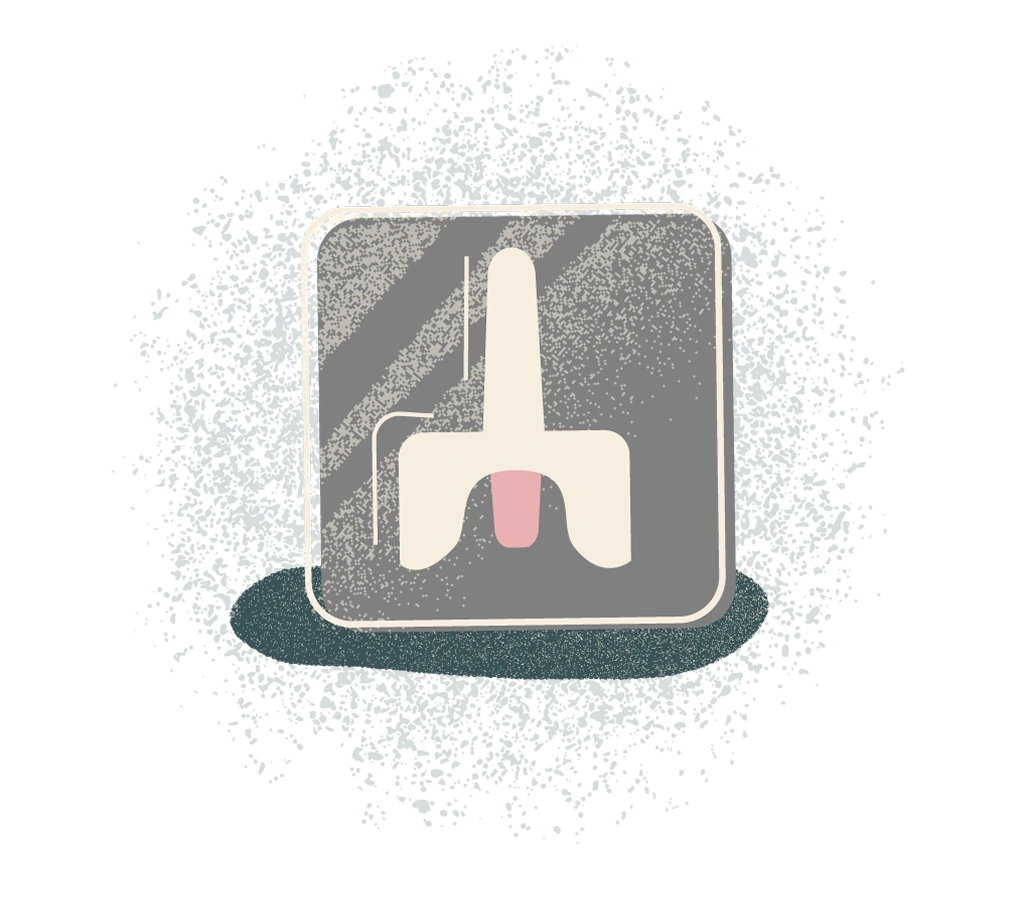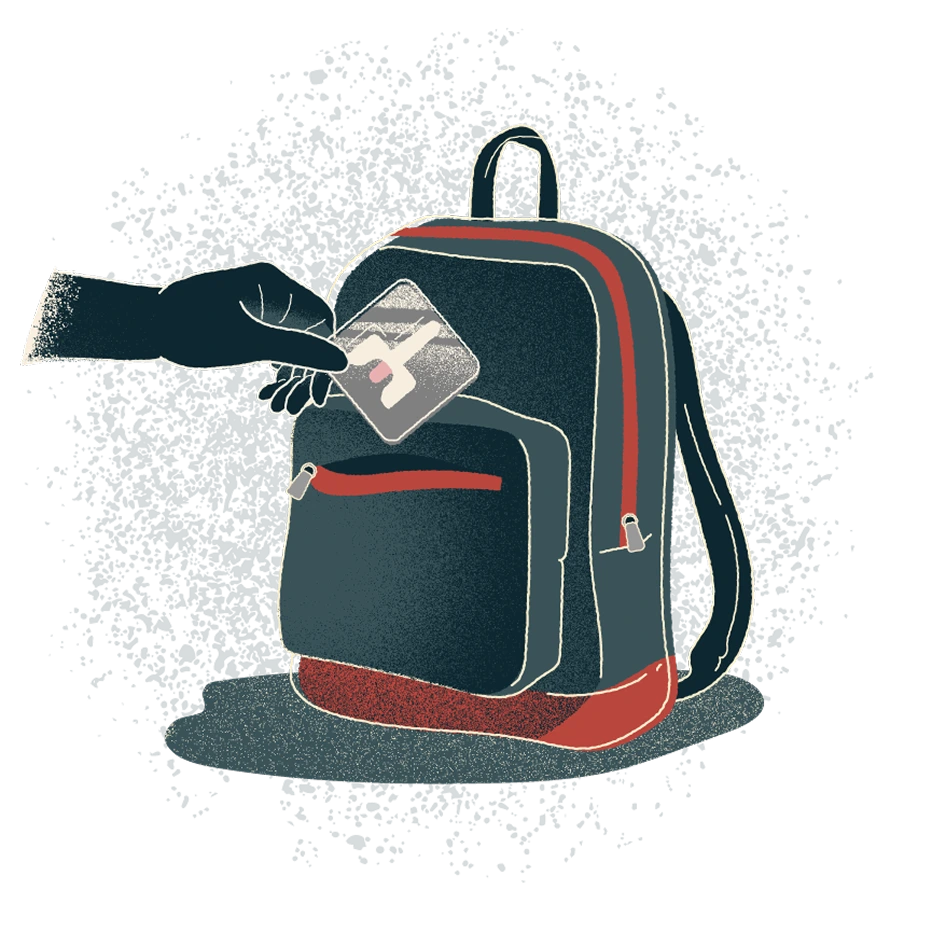
Naloxone is a medication that anyone can use to reverse an opioid overdose. It’s easy to use and small enough to carry with you every day – just in case.
Naloxone comes as both a nasal spray and an intramuscular injection. Both are effective, so carry whichever is easiest to find or you are most comfortable using.
Find naloxone nowHow naloxone works
When someone overdoses on opioids, their breathing slows or stops. Naloxone (also known as Narcan®) can block the effect of the drug to restore breathing and reverse the overdose.
Naloxone is safe to give someone even if you’re not sure what drug they are overdosing on, but it only works on opioids like fentanyl, heroin, oxycontin/oxycodone, and other opioid- based pain medications. More than one dose of naloxone may be needed to reverse an overdose.
Wait 2-3 minutes and check their breathing again before giving another dose.

No certification or training is required to use naloxone. Keeping it with you is an easy way to be ready to help save a life.
Where to get naloxone

Where to get naloxone
- Check with community-based organizations in your area. Free kits are often available in-person or by mail.
- Naloxone is available over-the-counter at many pharmacies and does not require a prescription. Pricing varies but is typically between $30-$50. If you have insurance, it may cover some or all of the cost. Naloxone is available for free to all Apple Health (Medicaid) members. To use your insurance to buy naloxone, show the pharmacist your insurance card and the State Standing Order for Naloxone.

Find free naloxone near you or order by mail.
Use the naloxone finderAlways carry naloxone

Always carry naloxone
If you use opioids, know people who do, or just want to be ready to help your community, remember to:
- Bring naloxone with you. It’s easy to keep in your car or bag.
- Keep a spare kit at home if possible.
- Tell others you have naloxone and where to find it in case of emergency.

